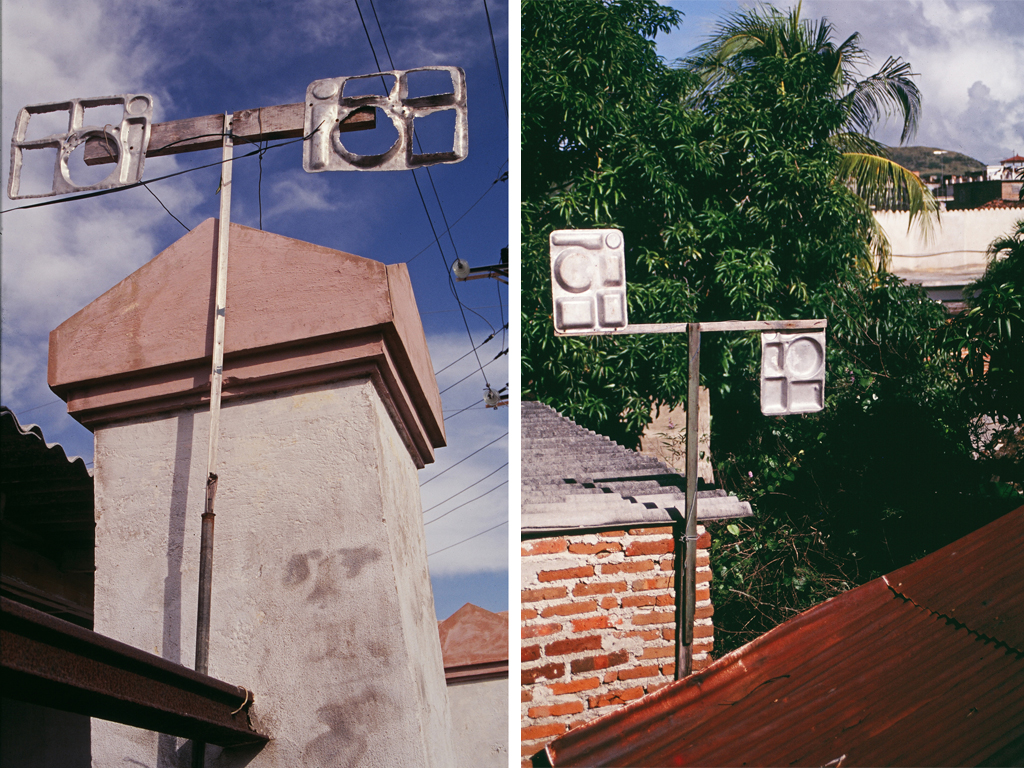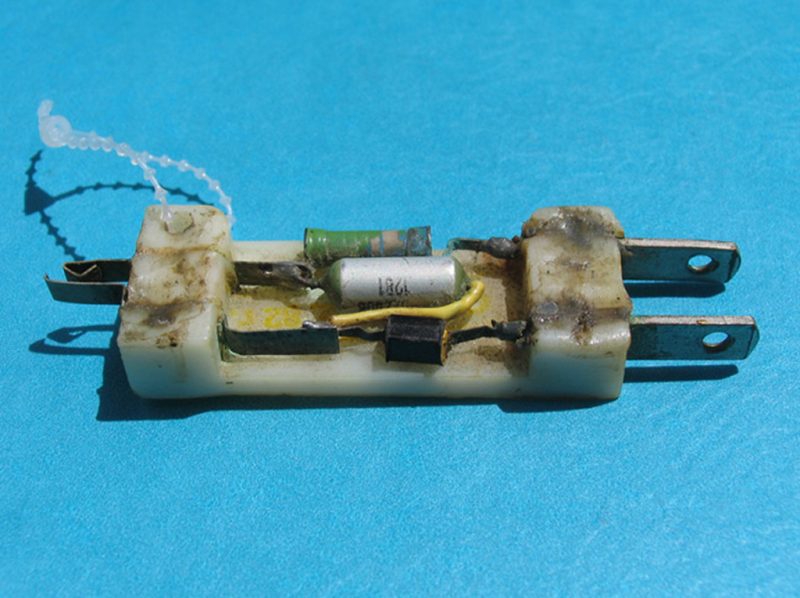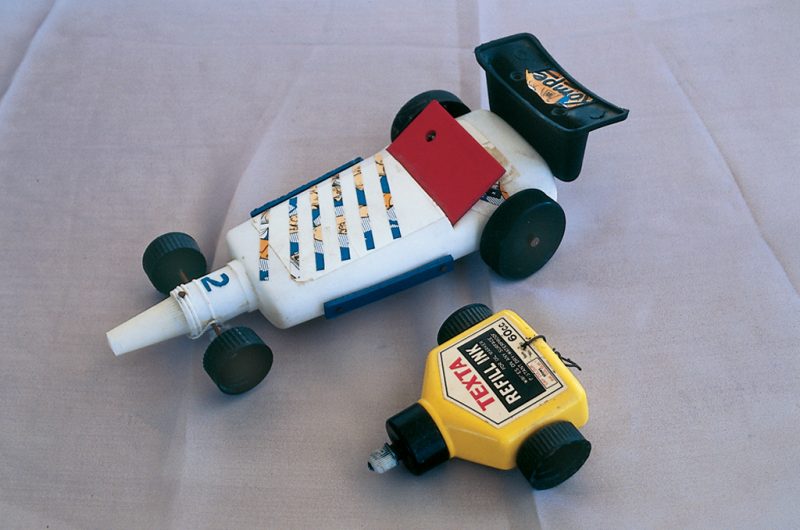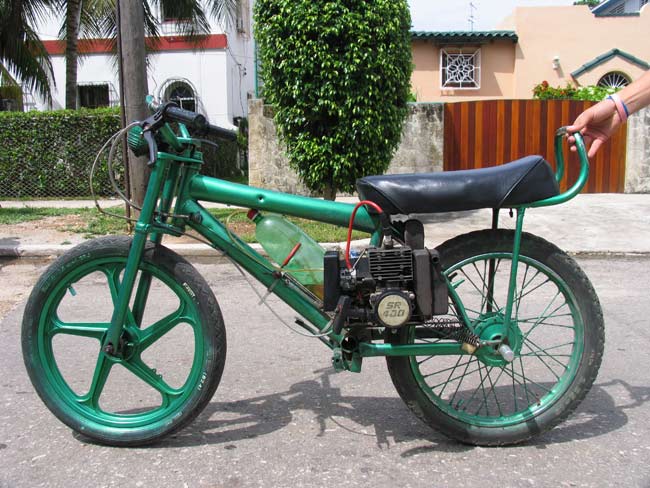Cuban Fabulations
Posted on November 18, 2019Recently, while reading Daniela Rosen’s “Critical Fabulations” I found that the themes and concepts explored in the book truly struck a chord with me. Being the never ending justice-for-all enthusiast that I am, I was impressed by the idea of revealing unknown design histories, and that by doing so it would bring to light narratives of the ‘other’ that have often been obscured—the stories of people of color, women and others that are hidden actors in the creation of our design goods.
Rosen continues to reclaim narratives of ‘otherness’ in design throughout her present day practice, focusing on acknowledging the concealed history of a design as it came to be. It got me thinking, what happens to a design once it’s out in the world, beyond the controlling grasp of the designer? In what ways does the user subvert the intended plan laid out by the designer, and is it worth investigating? Is it possible to look into design futures through the very particular lens of critical fabulations?
Indeed, I would argue that the second life of a design, the one that has been modified by the public, can also be a subversion of the established design narrative. Personally, as a Cuban this interpretation hits close to home for me—Cuba has been embargoed by the US since 1958, tremendously impacting the country’s economy and commerce, and creating an intense scarcity of objects, goods and basic necessities. As a consequence, Cubans have become accustomed to giving objects a second life, transforming their intended purpose and extending well beyond the abscribed shelf-life of objects. Simply put, they have taken matters into their own hands and created the circumstances in which to live dignified lives, despite all of the challenges and obstacles that governing powers place in their path. In a way, this is a form of ‘design hacking’ or modifying the commodified, and a protest to the industrial complex of buying products that has been corrupted by the government.
Myself being Cuban-born and living in America, I experienced what it was like to grow up in a household of ‘modified commodities’, with my parents and extended family often picking up objects thrown out by the side of the road and reconfiguring them—bicycles, tables, shelves, TV’s, microwaves—taking these apart and recombining them. Albeit, after becoming accustomed to life in the US a short trip to the local Home Depot has become more and more common among my family members, but the inventive spirit remains and with a similar intention as well. Consequently, it makes me especially proud to see articles like the one published by PBS in 2015, “Photo essay: The bizarre, brilliant and useful inventions of Cuban DIY engineers”.
I reference this photo essay in particular because it has many of the real world examples of modified designs used by Cubans in the current day. Cuban artist Ernesto Orza has spent the last decade photographing and collecting many of these creations, and in particular, the article documents inventions that are used in lieu of everyday household items. For example, lamps made from glass jars and toothpaste tubes, house fans built from telephone components and an LP vinyl disc as blades, even children’s’ toys built from glue bottles and plastic bottle caps. Some of the inventions are for practical or recreational uses, like metal lunch trays turned antennas for televisions; but others are for more serious needs, like a makeshift charger for non-rechargeable hearing aid batteries.
Taking it a step further yet are the modifications made to vehicles, like the illegal ‘rikimbili’, a bicycle with a motor attached and soda bottle for a fuel tank; or the ‘camellos’ which serve as public buses built from repurposed semi trucks. While these inventions seem like crude solutions, or even at times eccentricities, they simultaneously reveal the extremity of the country’s situation, and just how far Cubans are willing to venture in order to remain resilient in the face of poverty and destitution. These subversions of the original design intention also become part of the fabulation or narrative of the object and add a new chapter in its story.
Perhaps by looking at critical fabulations as an investigative methodology it can be versioned and transformed across design narratives for the past, present and future. Ultimately, moving forward in my own practice I would like to investigate on these design ‘afterlives’; and the great variety that exists within the different communities of design hackers around the world as informed by their unique circumstances.
MD
Sources:
Rosner, Daniela. Critical Fabulations: Reworking the Methods and Margins of Design. The MIT Press, 2018.
Daub, Travis, and Jenny Marder. “Photo Essay: The Bizarre, Brilliant and Useful Inventions of Cuban DIY Engineers.” PBS, Public Broadcasting Service, 7 Jan. 2015, www.pbs.org/newshour/science/bizarre-brilliant-useful-inventions-cuban-diy-engineers.
Marder, Jenny. “How Communism Turned Cuba into an Island of Hackers and DIY Engineers.” PBS, Public Broadcasting Service, 7 Jan. 2015, www.pbs.org/newshour/science/isolation-generation-master-inventors-cuba.




